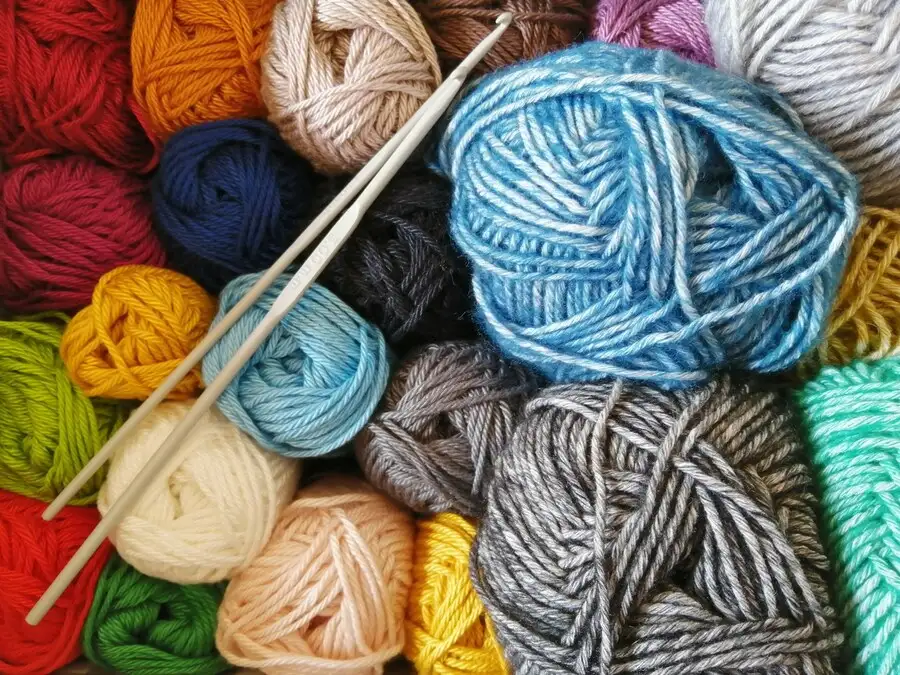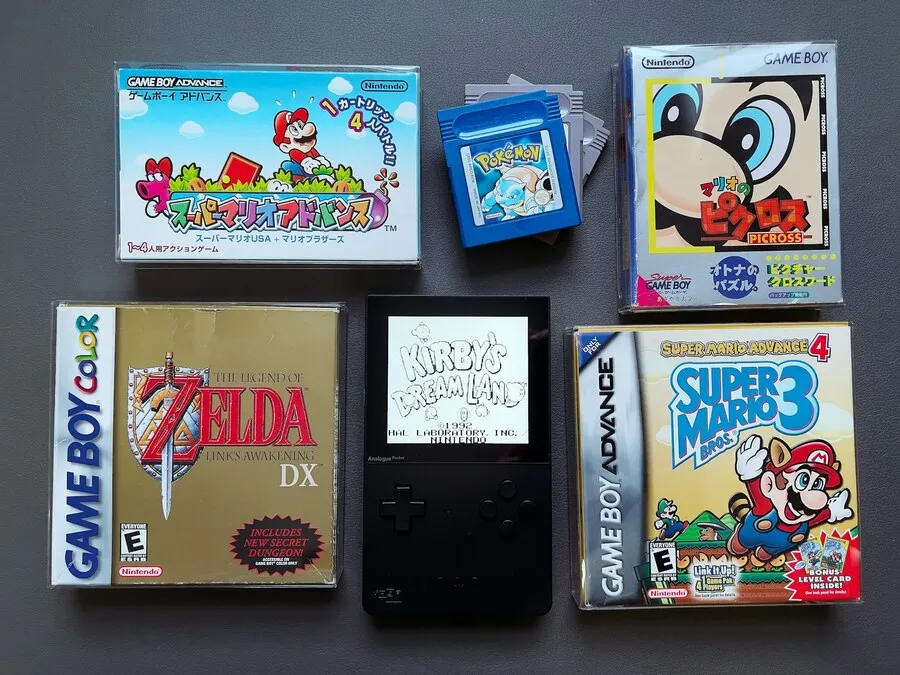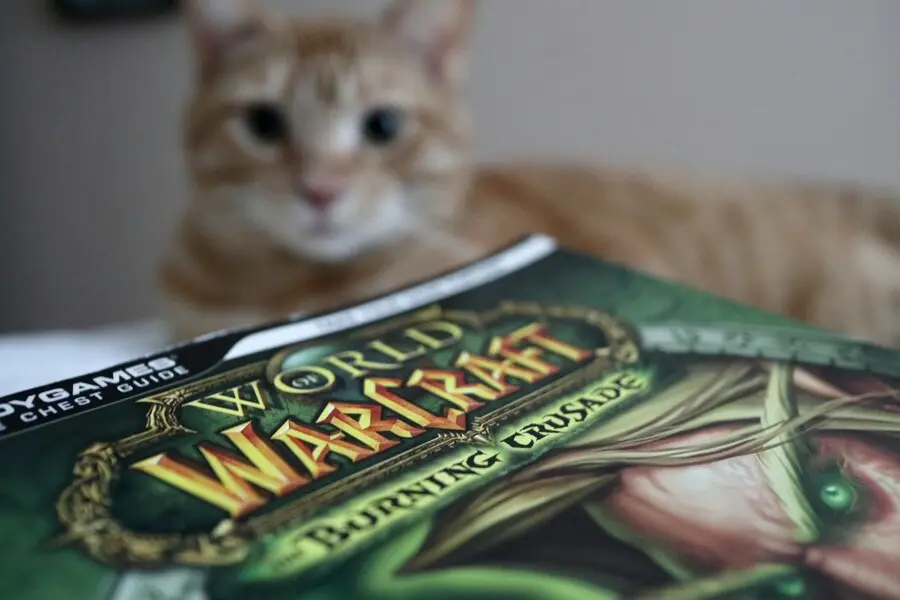If you design knitting patterns or teach knitting techniques and would like to publish your work, read on to discover the different ways you can publish, the advantages and disadvantages of each option, and essential advice about copyrights and how to use them.
Being a published designer or author is great for your credibility, will give you publicity and allow your work to be seen by a much wider audience. But before you rush in and write your book, you should first do some research and find out more about your market and whether your product or ideas will actually sell.
First of all, you need to think about who your target market is. Will it be a broad range of knitters or crocheters? Or is it a small niche group? Are they beginners or advanced? Is the content of your book in fashion at the moment?
Broad appeal knitting books are usually about knitting basics, how to knit, how to solve problems, and common knitting or crochet patterns. Even though they are aimed at a broad market, the most popular of these books still have something unique about them, or some kind of spin to make them interesting. Books aimed at niche markets are great because they have the potential to come into fashion and sell very well.
To research the market, look on the big book-selling sites like Amazon, where you can see what the most popular books are in your category. Some of the best-selling pattern books at the moment are books about sock patterns, knitted or crocheted decorations, warm weather knitting and solutions for knitting problems. By looking through these lists, you may also be able to find gaps in the market that you can fill.
When you have decided on your topic and created your content, you have three main choices for how to publish, advertise and sell your work:
One option is to use a publishing company to publish your book. There are obviously a huge number of publishers around the world, some very large with wide distribution networks, others smaller and perhaps more suitable for niche publications. The advantage of using a publishing company is that they will copyright, edit, print and distribute your book for you. Some publishing companies specialize in craft books, which means they will have more experience with your style of book. They will have experienced editors to give feedback and ideas for improvement.
If you use a large publishing company, your knitting book will be more widely distributed, much quicker than you could do yourself. It will be advertised in catalogs, and most publishers have reps that will promote and sell your book to stores. The downside is that you will lose much of your control over the book, as well as the profits.
Another option is to self-publish your knitting or crochet book using an online publishing service like lulu.com. By publishing your book in this way, you will retain more control over how your knitting book is presented and printed, where it is sold and how it is promoted, as well as the copyrights.
There are new copyrights called “Creative Commons” that are not as restrictive and allow people to share your patterns more freely, use them to inspire other work, or in knitting classes. This free use will encourage your designs to be distributed more widely and get your name as a designer more commonly known.
When you self publish your knitting book, you will get more of the profits. Most self-publishing services let you to print to order which means lower start-up costs.
However, you won’t get the same book-store distribution as with an offline publisher. And you will be responsible for most of the promotion yourself.
A third option is to publish your knitting book online as an E-Book. This would be a good option if you have an existing website, or you can find sites that would be willing to promote your book. If you don’t want to spend much on start-up, then this is a great way to test your market for very little investment.
You could also list your book or patterns with one of the many online pattern sellers. This way you can control the copyright and distribution of each of your designs individually.
In terms of knitting pattern copyright, there are several options available. All unique patterns are automatically protected under copyright law in most countries, so all you need to do is write “Copyright” and the year of creation, and your name. eg. Copyright 2009 Liz Raad. You can add the phrase “all rights reserved” if you don’t want your patterns used for anything other than personal use. Or you can add specific exceptions like “not to be used for commercial gain”.
However, you may have noticed that the world (especially the online world) is changing to a much more free approach to sharing information and ideas. If you free up your copyrights and use a creative commons copyright as mentioned above, your designs will be shared, and reach a far wider audience than if you severely restrict their use. Your income as a designer comes from sales of patterns or books, and lots of sales are made from personal recommendations, so the more people who know about you the better!
Whichever option you decide on, if you want to make money knitting then publishing your knitting book you will get greater exposure for your designs, and your name will become more widely known. Becoming a published knitting designer or author will provide you with more credibility, and might even bring new opportunities in your knitting design career.
Source by Liz Raad












